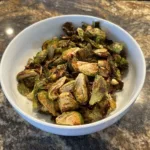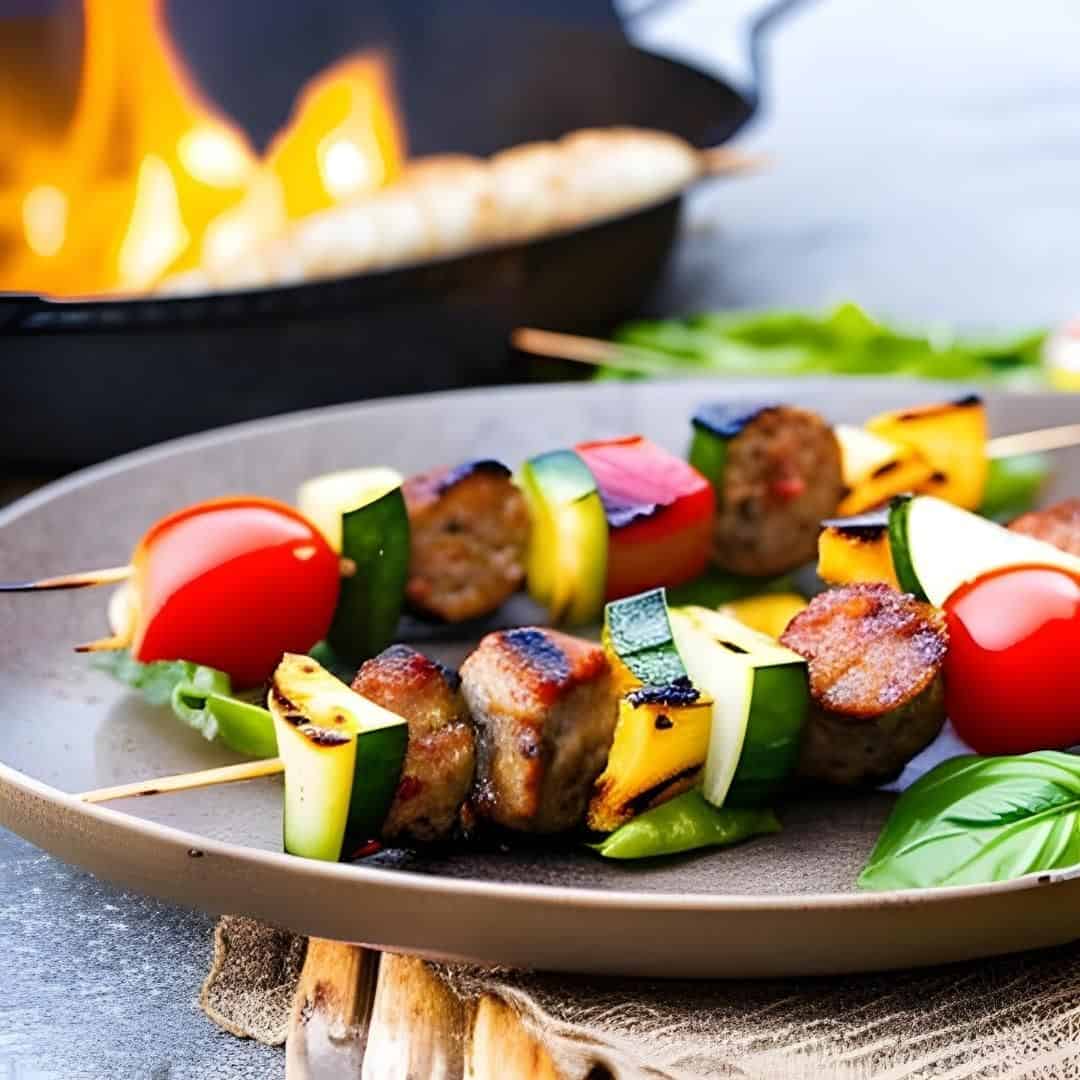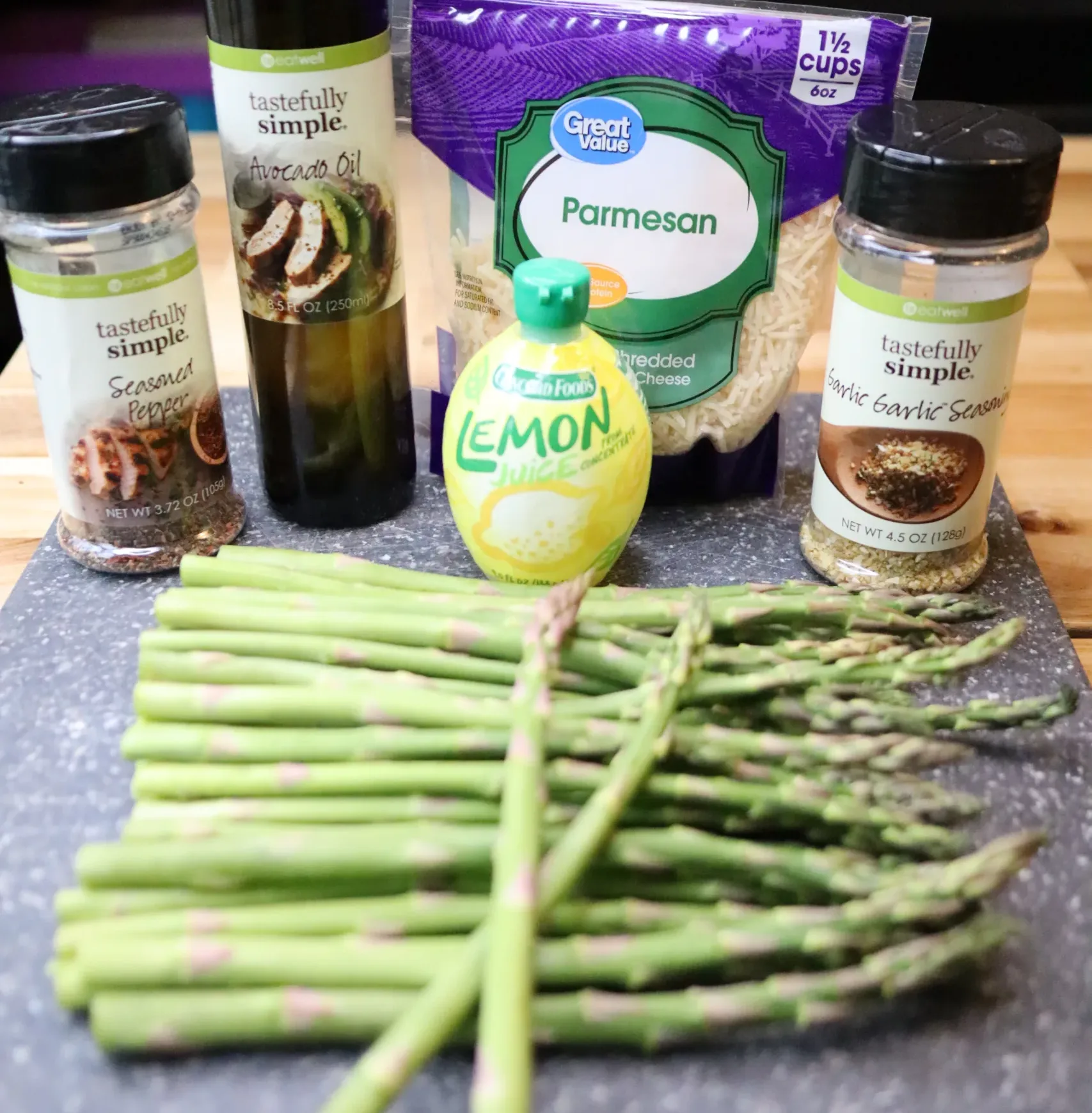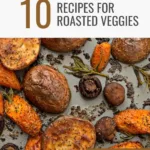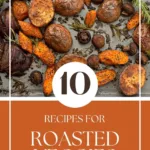Roasted Veggies for the Win
Last updated on May 14th, 2023 at 01:02 pm
You know, I’ve been thinking. As we get older, we start to appreciate those veggies our moms used to force us to eat. But who says veggies can’t be fun and incredibly tasty? Today, I’m here to give you the lowdown on roasted veggies. I promise, it’s easier than you think!
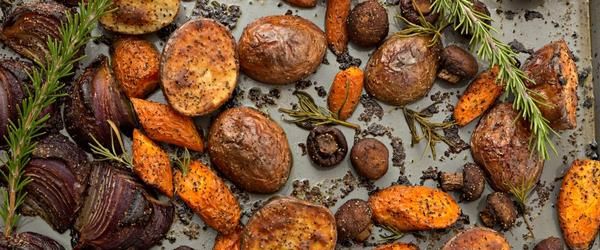
A Toast to Roasting: An Introduction
Roasted veggies are an art and a science. You see, roasting transforms the veggies in a magical way, bringing out their natural sweetness while adding a delicious hint of smokiness. Oh, and the crispy edges? That’s the cherry on top!
To get started, you don’t need anything fancy. A good baking sheet, some oil, a sprinkle of salt and pepper, and an oven preheated to about 400°F (200°C) will do. And remember, the size of your veggie chunks matters. Keep them roughly the same size to ensure even roasting.

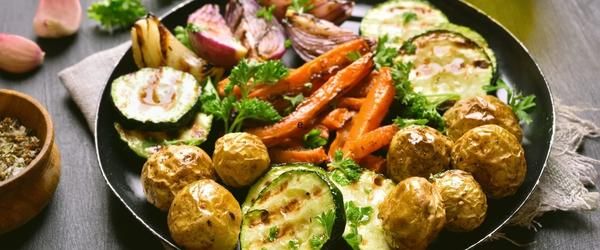
Vegetable Variety Show: 10 Must-Try Roasted Veggie Recipes
Now, let’s dive into the heart of this roasted veggies party! Here are ten recipes you must try. Trust me; they’re so good you’ll forget you’re eating healthily!
- Roasted Sweet Potatoes: Sweet potatoes, olive oil, salt, pepper, and a dash of cinnamon. Roast until tender and slightly caramelized. Perfect for a sweet and savory side dish!
- Garlic Roasted Broccoli: Toss broccoli florets with olive oil, minced garlic, salt, and pepper. Roast until crispy. You’ll be amazed by this flavorful transformation!
- Spicy Roasted Cauliflower: Combine cauliflower florets with olive oil, salt, pepper, and your favorite chili powder. Roast until golden. It’s a spicy kick that’s utterly irresistible!
- Herb Roasted Carrots: Batons of carrots roasted with olive oil, salt, pepper, and mixed dried herbs. They come out sweet, earthy, and perfectly tender.
- Balsamic Roasted Brussel Sprouts: Halve those sprouts, toss them in olive oil, balsamic vinegar, salt, and pepper. Roast until crispy. This one will convert even the staunchest Brussel sprout skeptic!
- Lemon Roasted Asparagus: A simple mix of asparagus, olive oil, salt, pepper, and a squeeze of fresh lemon juice. Roast until tender-crisp. It’s refreshing and oh so summery!
- Rosemary Roasted Potatoes: Chunky potatoes, olive oil, salt, pepper, and fresh rosemary. Roast until crispy outside and fluffy inside. They’re the ultimate comfort food!
- Cumin Roasted Zucchini: Slices of zucchini tossed with olive oil, salt, pepper, and ground cumin. Roast until tender. It’s a unique flavor you’ll absolutely adore!
- Parmesan Roasted Green Beans: Green beans, olive oil, salt, pepper, and a generous sprinkle of grated Parmesan. Roast until crispy. Cheese and veggies? Yes, please!
- Maple Glazed Roasted Beets: Cubed beets, olive oil, salt, pepper, and a drizzle of maple syrup. Roast until caramelized. It’s a sweet treat that’s sneakily healthy!
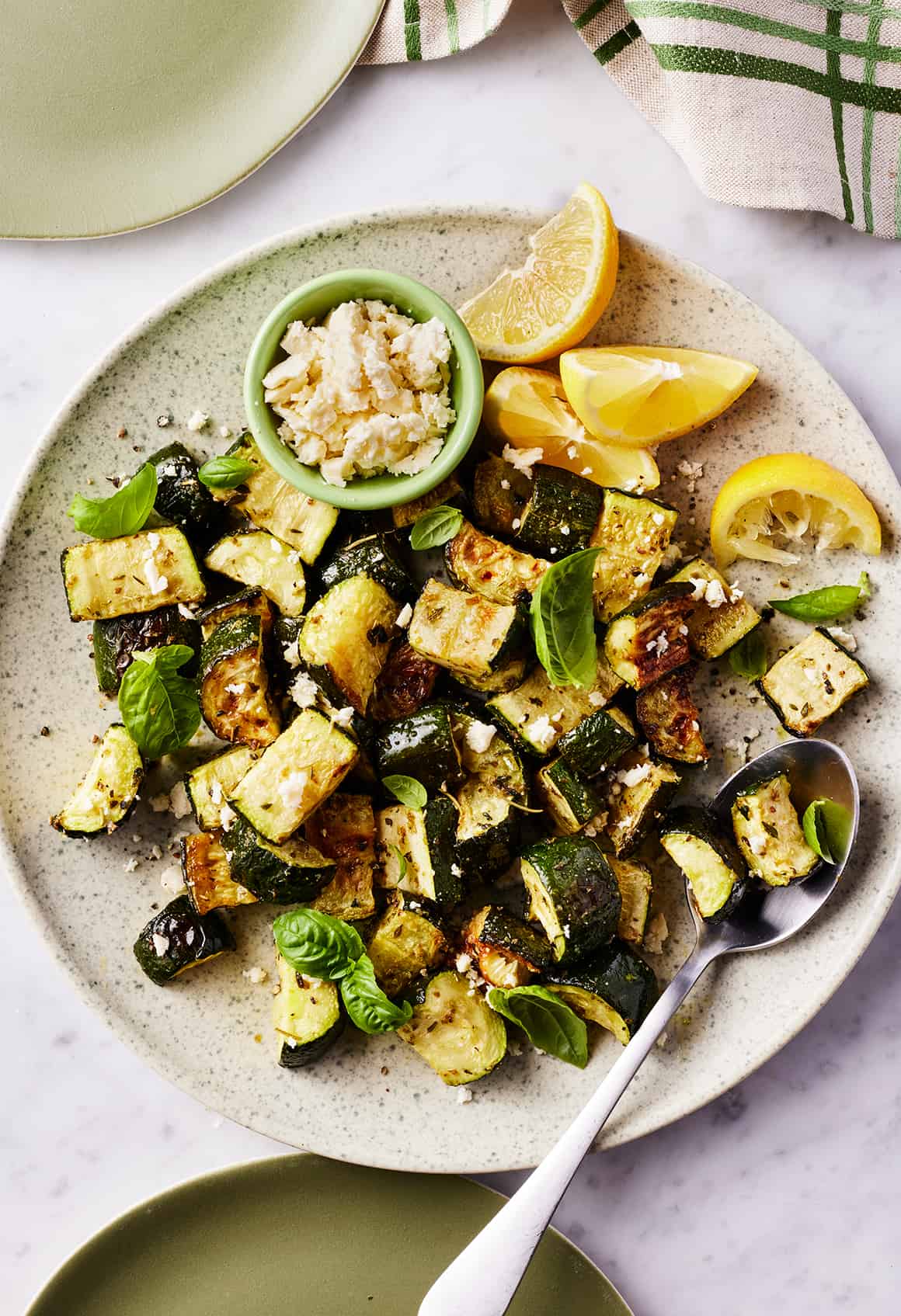
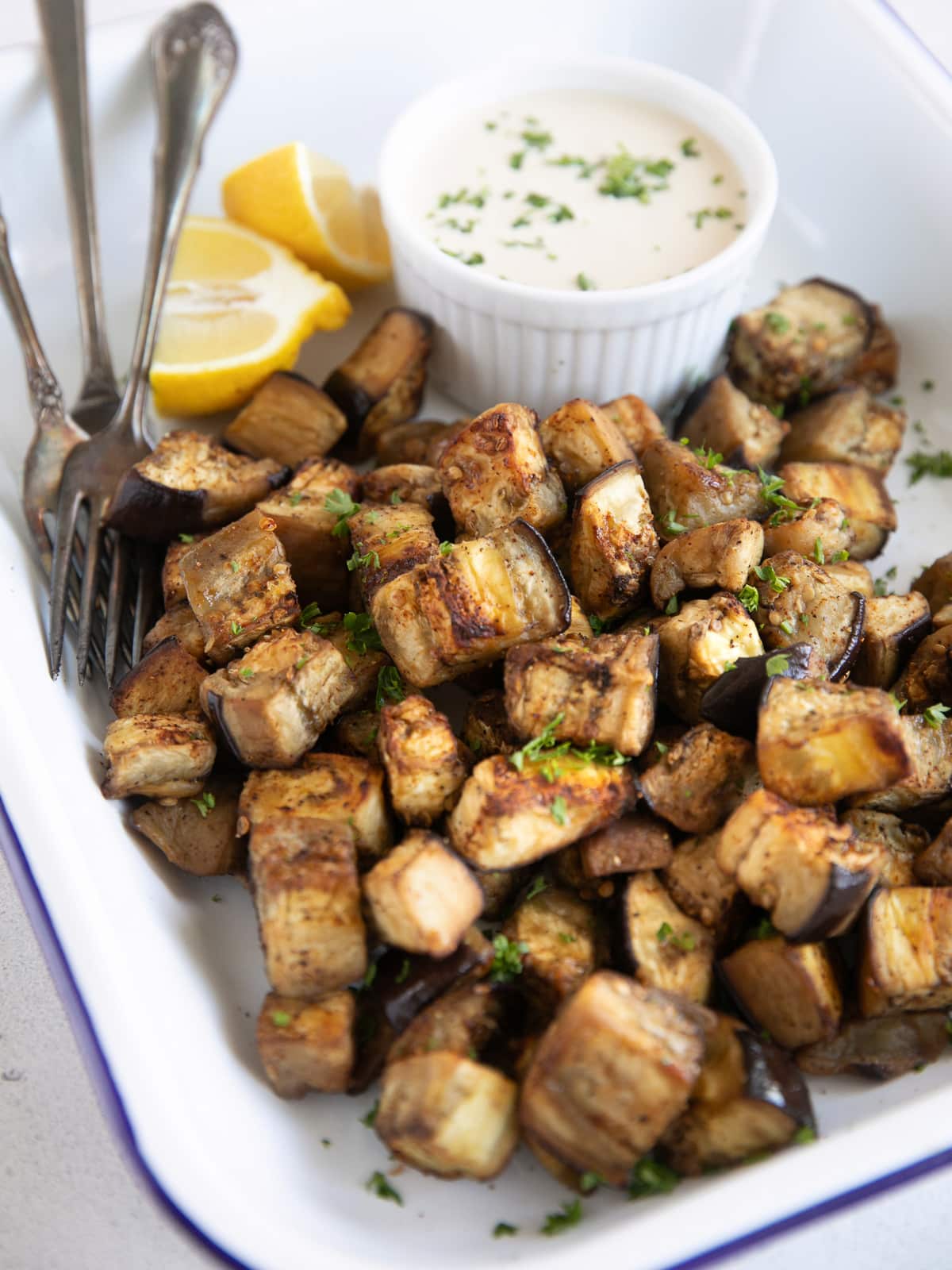
Tips for the Perfect Roasted Veggies: Troubleshooting
Firstly, remember not to overcrowd your pan. You want those veggies to roast, not steam! Give them plenty of space to breathe, and you’ll get those delightful crispy edges every time.
Secondly, don’t skimp on the oil. It’s not just about preventing sticking – oil helps to transfer heat and get those veggies beautifully caramelized. However, don’t go overboard. A nice, even coating will do the trick.
Lastly, keep an eye on the cooking time. Different veggies roast at different rates. Root veggies like carrots and potatoes take longer than softer veggies like zucchini and bell peppers. So, if you’re mixing it up, be sure to cut your harder veggies into smaller pieces to ensure everything cooks evenly.
:max_bytes(150000):strip_icc()/__opt__aboutcom__coeus__resources__content_migration__serious_eats__seriouseats.com__images__2017__09__20170908-roasted-vegetables-vicky-wasik-cabbage3-99f857cb28214ffdae9f3f63f2236f1e.jpg)
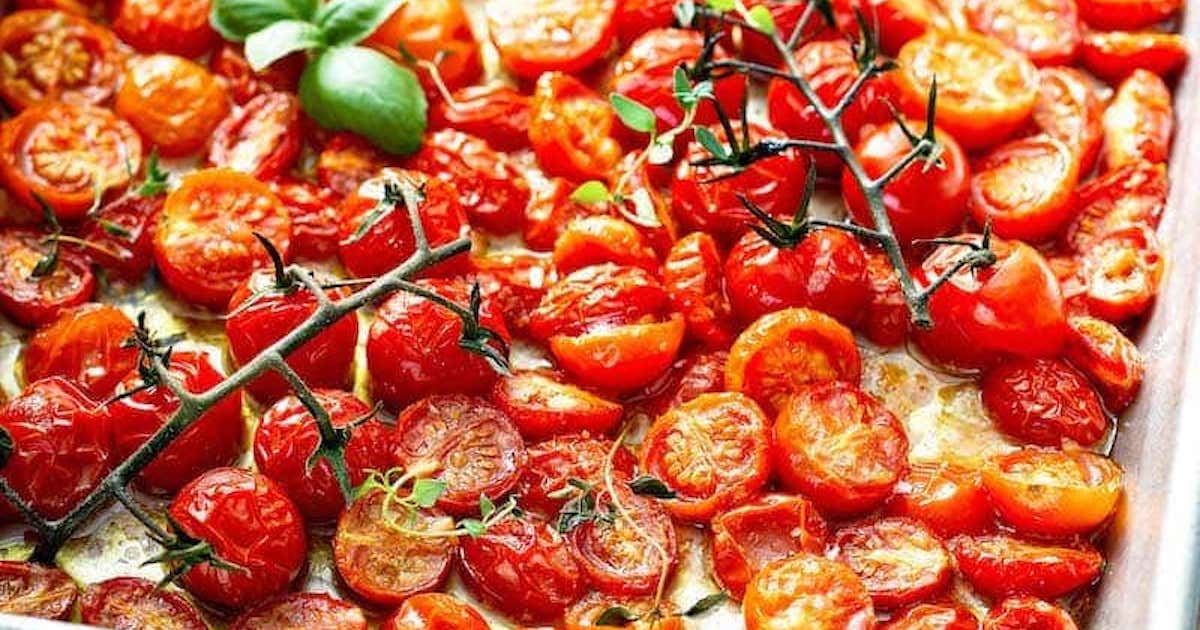

Frequently Asked Questions about Roasting Veggies
Roasting vegetables might seem straightforward, but it can bring up a lot of questions, especially for beginners. Here are some of the most common ones:
- What temperature is best for roasting vegetables? The ideal temperature for roasting most vegetables is around 400-425°F (200-220°C). This temperature is high enough to caramelize the sugars in the vegetables and bring out their natural sweetness while getting those crispy, roasted edges.
- Should I cover vegetables when roasting? Typically, you do not need to cover vegetables when roasting. Covering can trap steam and cause the vegetables to become soggy instead of crispy. However, there may be exceptions for certain recipes.
- Why are my roasted vegetables soggy? There could be a few reasons for this. Overcrowding the pan, not using enough oil, or roasting at too low a temperature can all lead to soggy vegetables.
- Do you need to flip vegetables when roasting? Yes, it’s usually a good idea to flip your vegetables halfway through the roasting process. This ensures they cook evenly and get crispy on all sides.
- How long do I roast vegetables? The roasting time depends on the type of vegetable and the size of the pieces. As a general rule, most vegetables will roast nicely in about 20-40 minutes at 400°F (200°C).
- Should I steam vegetables before roasting? While it’s not necessary to steam vegetables before roasting, some people like to do this to speed up the roasting time, especially for harder veggies like carrots or potatoes. However, be sure to pat them dry before roasting to prevent sogginess.
- Which oil is best for roasting vegetables? High smoke point oils like canola, vegetable, grapeseed, or avocado oil are often used for roasting. Olive oil is another popular choice, although its lower smoke point makes it better suited for lower-temperature roasting.
- Can I roast different types of vegetables at the same time? Yes, but it’s important to remember that different vegetables have different cooking times. Pairing vegetables with similar cooking times together, or cutting harder vegetables into smaller pieces, can help ensure everything cooks evenly.
- How do I add flavor to roasted vegetables? Seasoning is key to adding flavor to your roasted veggies. This can include simple salt and pepper, garlic, herbs, spices, or even a splash of balsamic vinegar or a sprinkle of cheese.
- How do I store leftover roasted vegetables? Leftover roasted vegetables can be stored in an airtight container in the refrigerator for up to 4-5 days. They can be reheated in the oven or eaten cold in salads or wraps.
Remember, roasting vegetables is both a science and an art, and it might take a bit of practice to get it just right. But with these answers in your back pocket, you’re well on your way to becoming a veggie roasting pro!
Roasted Veggies: The Star of Your Meal
Now, before we part ways, let’s talk about how these roasted veggies can truly shine in your meals. They’re more than just a side dish! Toss them in a salad for added texture, put them in a wrap for a satisfying crunch, or blitz them in a food processor for a tasty, healthy spread.
Remember, my friend, the only limit is your imagination. So, go ahead, experiment and have fun with it! I can’t wait to hear about your roasted veggie adventures. What are your favorite veggies to roast?



